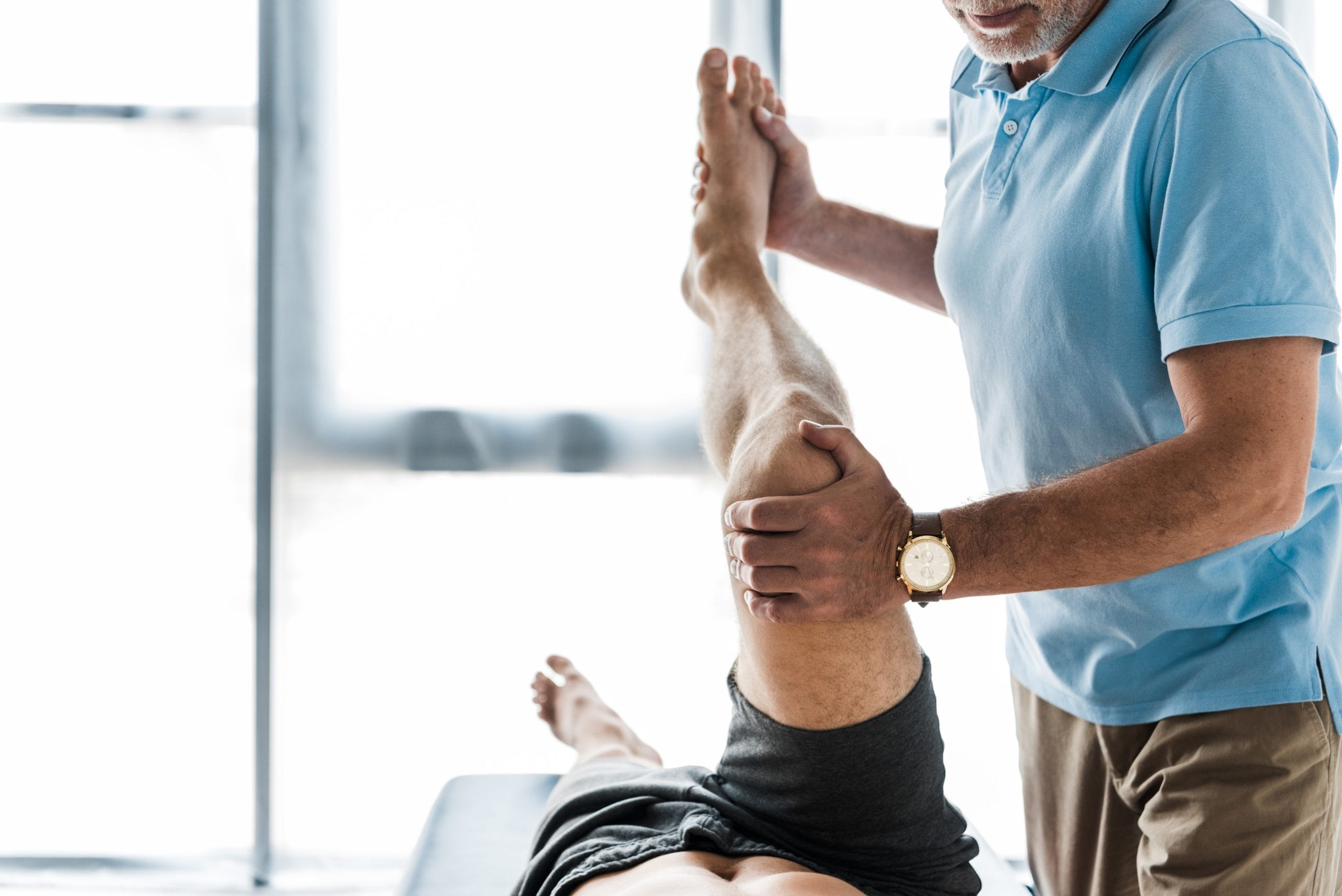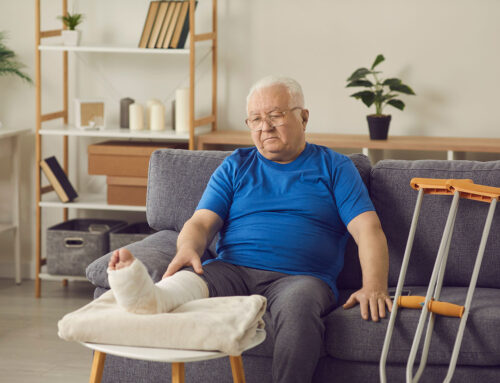Like summiting Everest, the real test after a femur fracture isn’t getting through the initial treatment—it’s pushing through the long, often gruelling climb of rehabilitation, pain management, and regaining strength when every step feels like a challenge.
A femur fracture is one of the most serious injuries a person can face, and the road to recovery is rarely a straight path, with mental and physical challenges to face along the way. The journey to recovery in the days, weeks, and months that follow an injury can be slow and frustrating. But with tools like LIPUS technology, you can reduce the risk of setbacks on your journey to recovery, and to move forward with confidence.

TL;DR
- Femur fractures take time to heal but many patients unknowingly delay recovery by overlooking things like nutrition, movement, and mental health.
- You can help your fracture heal faster with simple daily habits. Consistent low-impact activity, managing swelling, and avoiding prolonged inactivity are essential.
- Re-injury is a major risk during recovery. Don’t rush — and listen to your body.
- Bone stimulation therapies like LIPUS may accelerate healing, especially in slow-healing fractures or during post-surgical fracture recovery.
Healing Smarter, Not Longer
The goal of femur fracture recovery is to achieve strong, complete bone healing. When a fracture fails to heal properly, it’s known as a non-union. According to a study by the Journal of Orthopaedic Surgery and Research, up to 12% of femoral shaft fractures can become non-unions.
That’s why understanding the small, daily habits that support healing is just as important as your formal treatment plan. Here are some overlooked yet effective ways to improve your outcome.
What Helps Femur Fractures Heal Faster?
1. Consistent, targeted nutrition
A diet rich in calcium, vitamin D, protein, and supportive micronutrients is essential—not just early on, but throughout recovery.
2. Bone stimulation therapies
Non-invasive options like LIPUS therapy (Low-Intensity Pulsed Ultrasound) can support bone repair at the cellular level and help accelerate healing, especially in slow-to-heal fractures.
3. Daily low-impact movement
Gentle range-of-motion exercises and light activity, such as walking with assistive support or pool therapy, can improve circulation and prevent joint stiffness.
4. Managing swelling proactively
Use elevation, compression socks, and cold therapy regularly (especially after movement) to minimize inflammation and improve comfort.
5. Avoiding underuse of the injured leg
While it’s important to pace yourself during the recovery process, prolonged inactivity can delay muscle rebuilding and slow bone remodelling. Work with your healthcare provider to gradually reintroduce weight-bearing activity when safe.
6. Listening to pain cues
Learn to distinguish the difference between soreness from healing and pain that signals a problem. If something feels sharp or worsening, talk to your provider.
7. Monitoring mental health
The emotional toll of a long recovery is real. Frustration and discouragement can lead to skipped exercises or loss of motivation. Make space for mental health support as part of your healing plan.
8. Lifestyle adjustments
Even small changes like adjusting your sleep setup, improving your home’s safety, or setting reminders for movement and medication can help maintain recovery momentum.
Explore the best at-home rehab tools to support fracture recovery.
Preventing Re-Injury
Once you’re mobile again, one of the most important (and often forgotten) parts of femur fracture recovery is avoiding re-injury. Healing bones are still vulnerable and even a small fall or twist can undo weeks of progress.
Watch for signs of fatigue or pain and avoid high-risk activities until your care provider clears you. If you’re unsure, assume you’re not quite ready and scale back.
How to Avoid Delayed Healing
Delayed healing can be discouraging, but there are options. Bone stimulation therapy is a non-invasive way to support your body’s natural healing process, especially when progress is slower than expected.
LIPUS therapy is one of the most science-backed tools available, used for decades to support recovery in cases where healing is stalled or slow.
Tips for Recovering from a Femur Fracture Without Losing Momentum
💡 Track your progress. Small wins matter and can help your mental health stay strong as you measure progress.
💡 Ask your doctor about new tools and treatment options. Therapies like the Melmak LIPUS device can reduce healing time for non-unions by up to 86%.
💡 Prioritize rest and sleep. Recovery happens when your body is in repair mode. Get some rest while you allow your body to heal.
Let’s Talk About LIPUS Technology
LIPUS (Low-Intensity Pulsed Ultrasound), is a non-invasive technology treatment that promotes bone healing at the cellular level. The Melmak LIPUS device works by applying low-intensity mechanical waves that stimulate bone, cartilage, and tendon regeneration.
This technology has been in clinical use since the 1950s and has decades of research behind it. Femur fracture patients often find LIPUS helpful when healing is slow or when they’re looking for every advantage to support recovery.
Why patients choose LIPUS:
- Painless treatment
- No known side effects
- Non-invasive therapy
- No down-time after treatment
The Bottom Line
Femur fracture recovery takes time and that time can test your patience. To reach the summit of a full recovery, it’s important to give your body every possible advantage. By combining nutrition, healthy habits, and proven technologies like LIPUS therapy, you can take an active role in your healing.
If you’re feeling stuck or worried about a long road to recovery, talk to your healthcare provider about whether bone stimulation therapy is right for you. The more you understand your options, the more confident and capable you’ll feel as you continue to heal.





